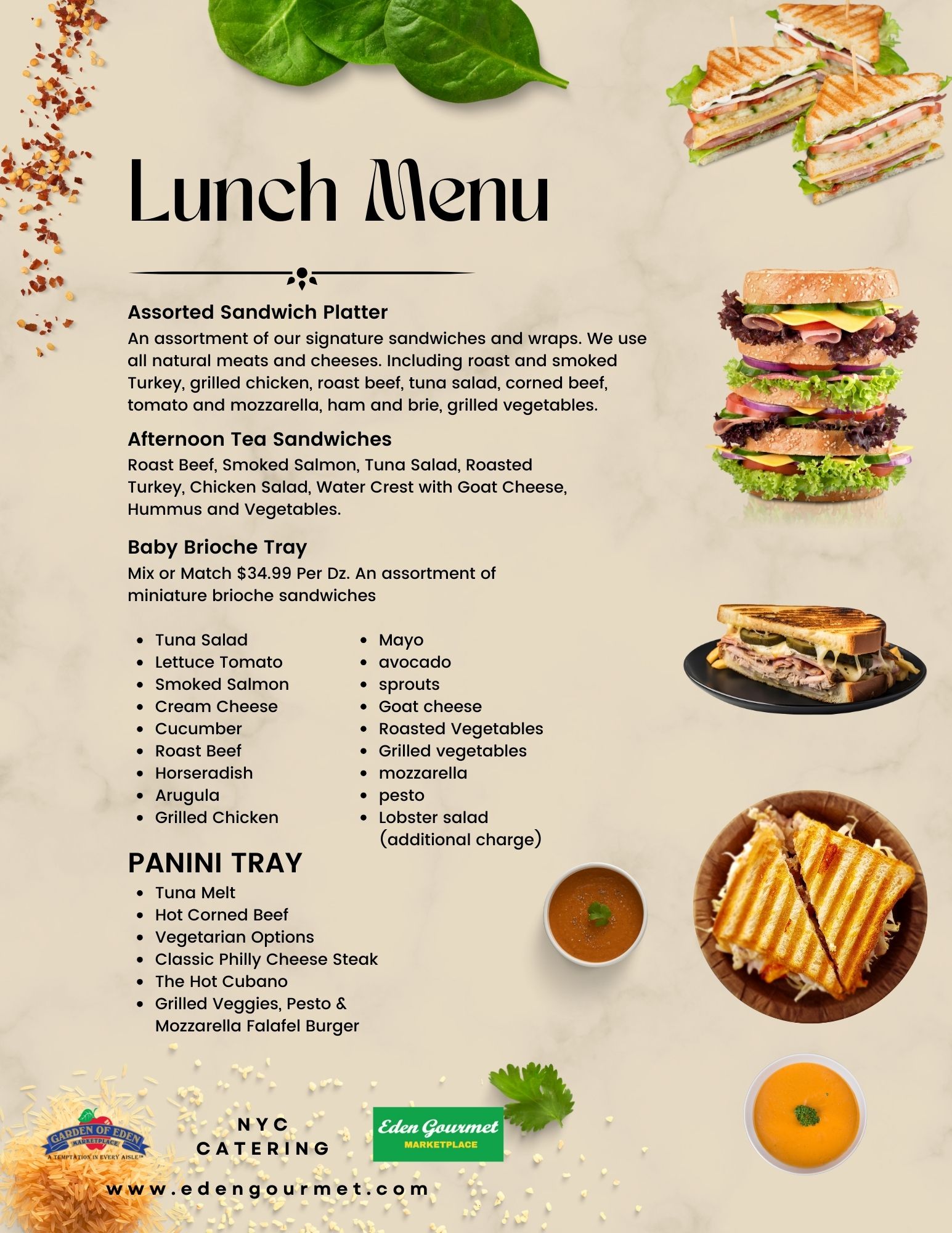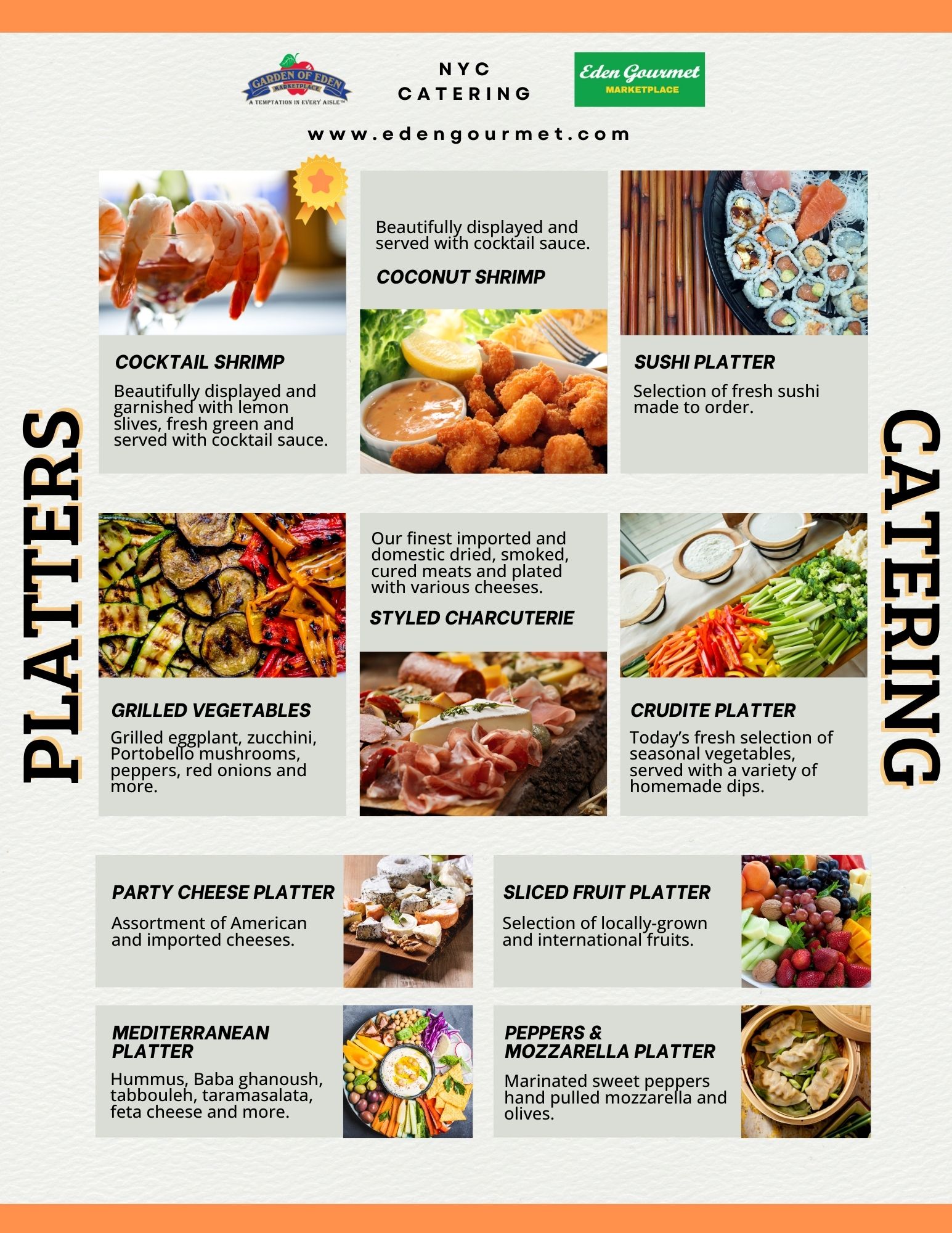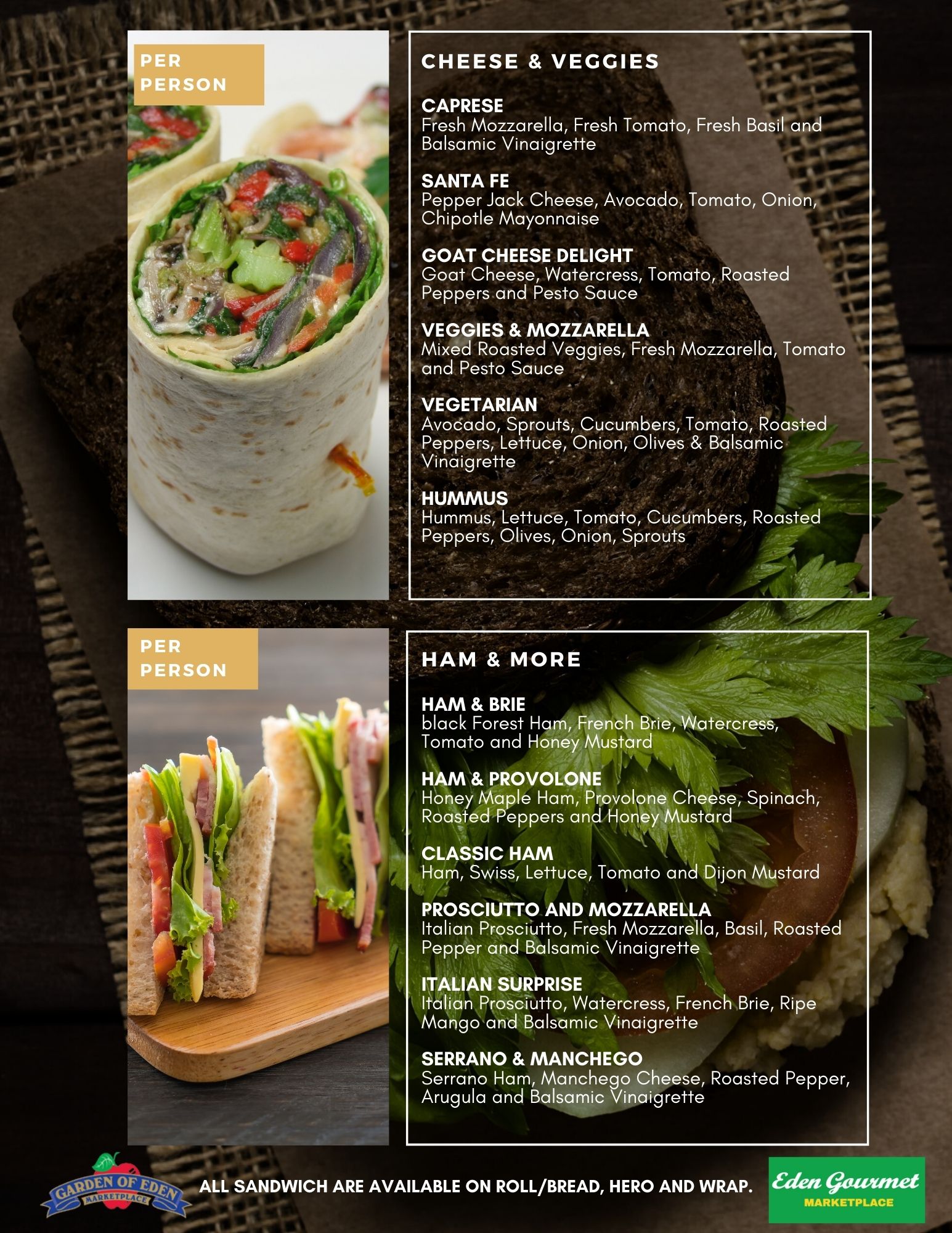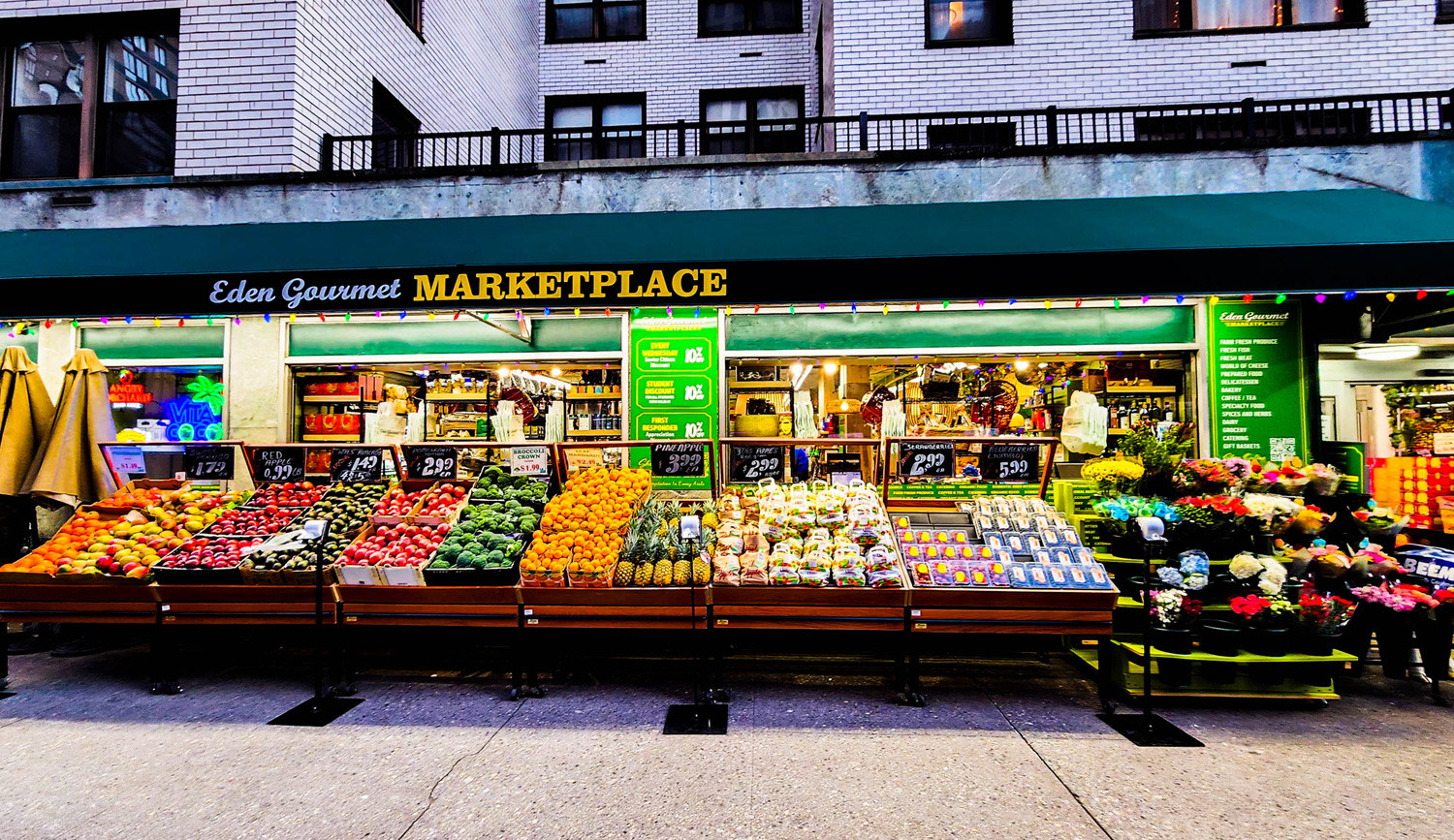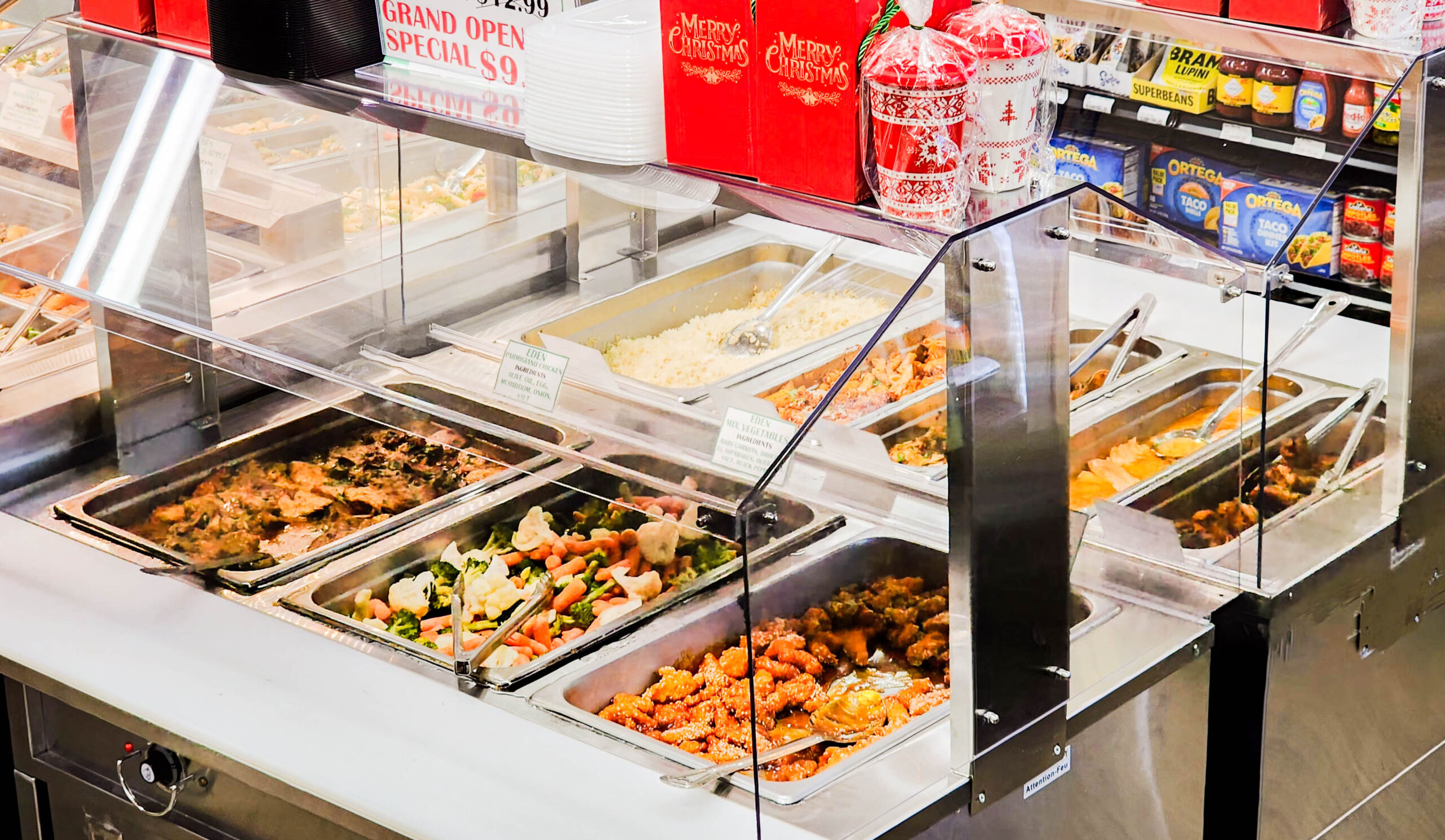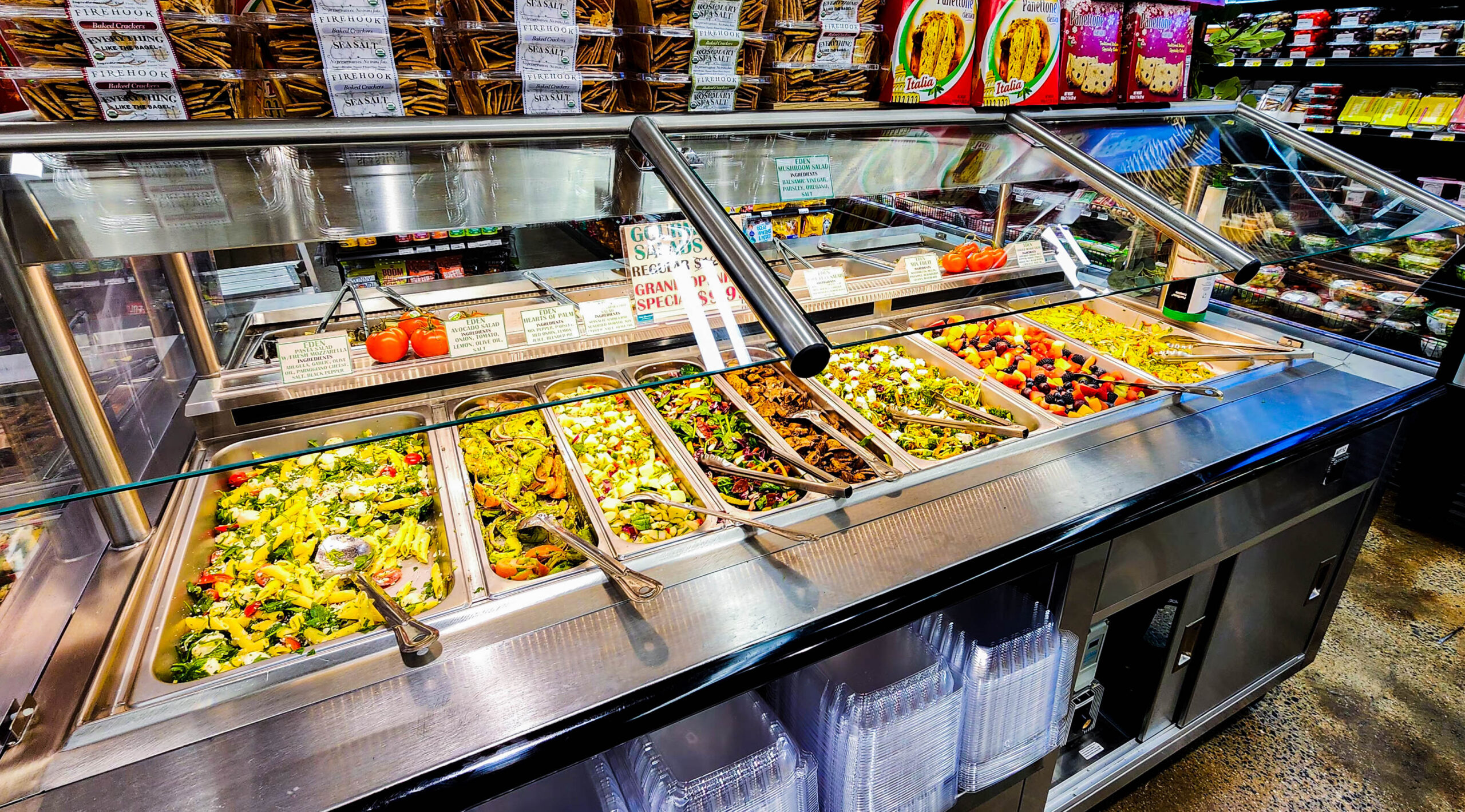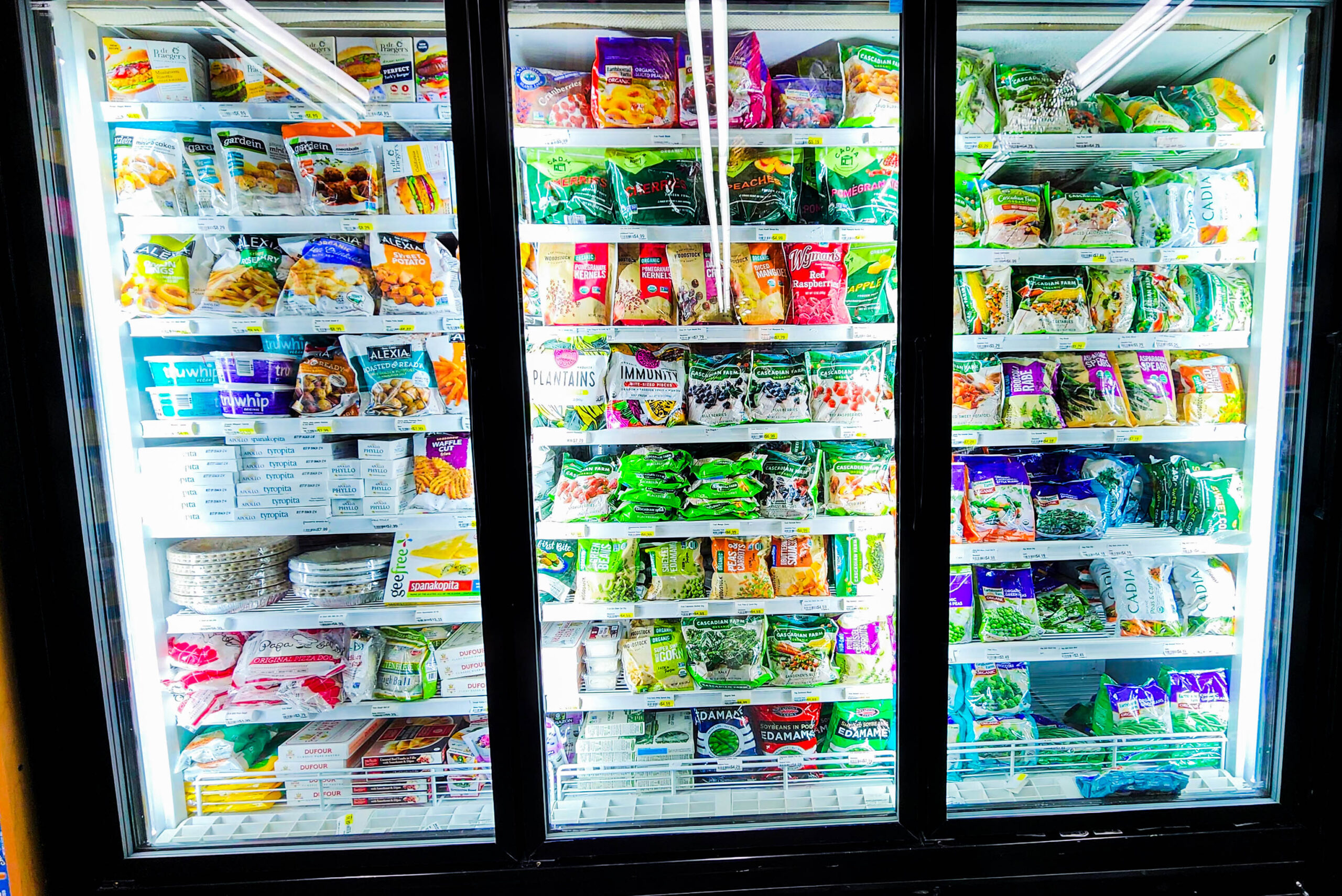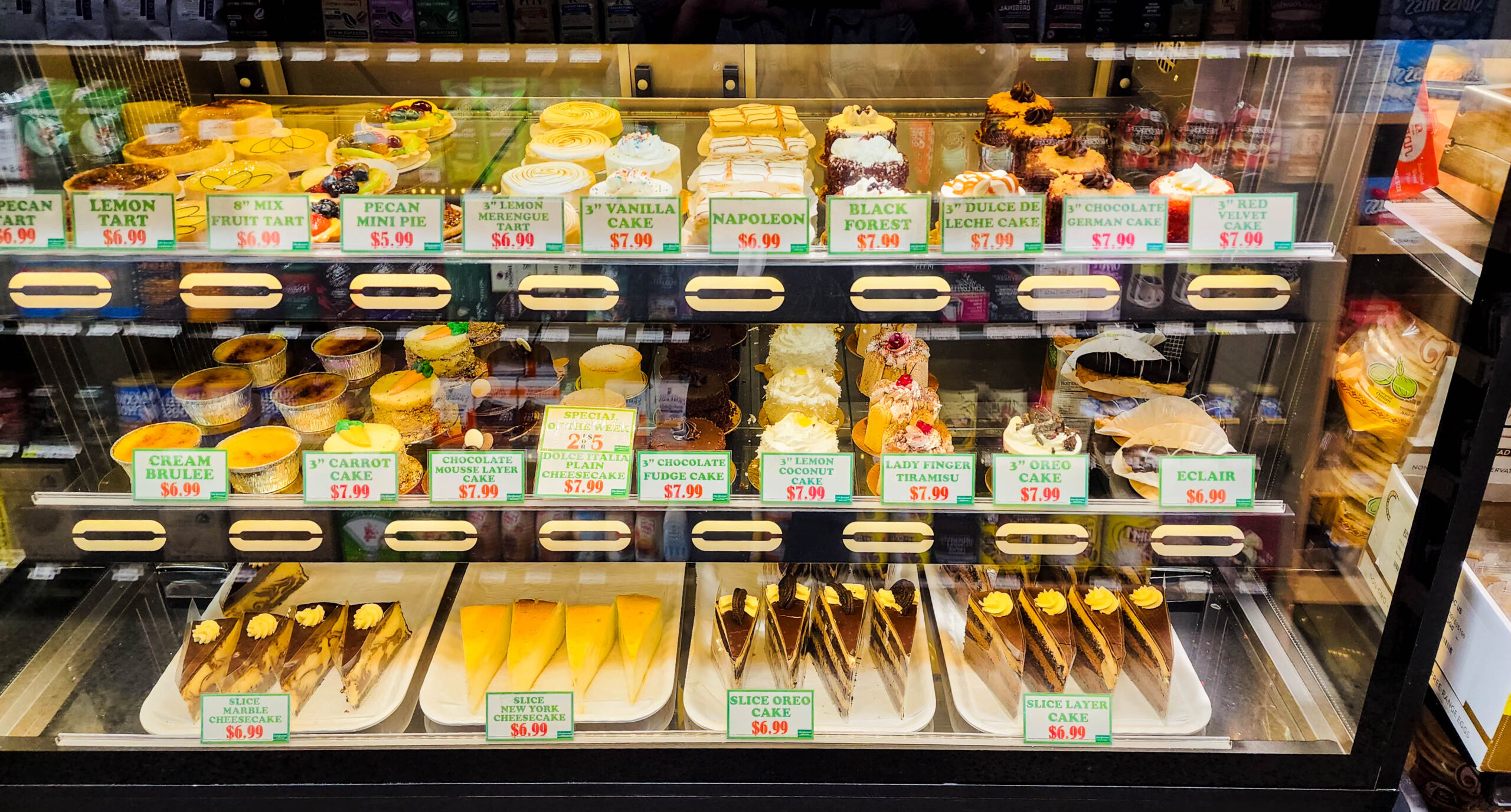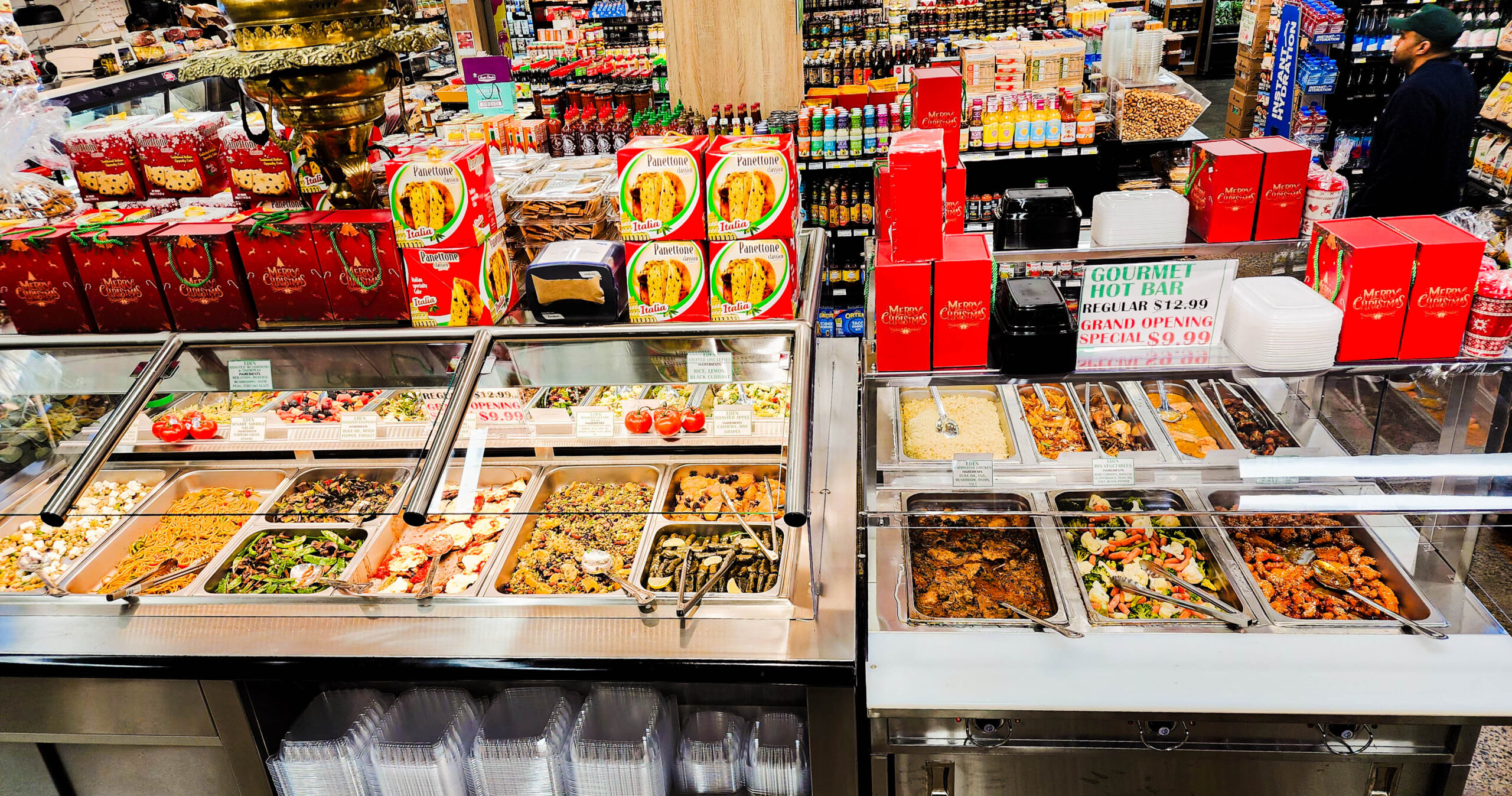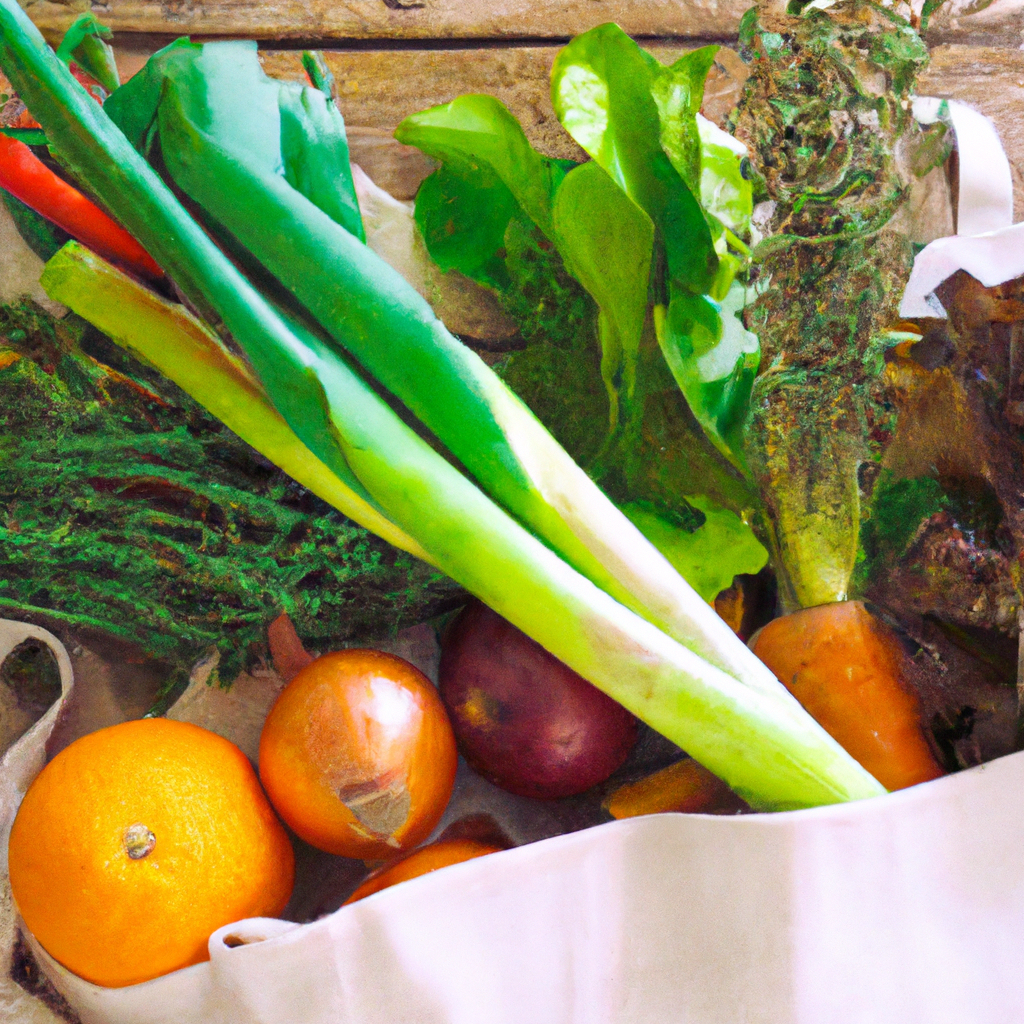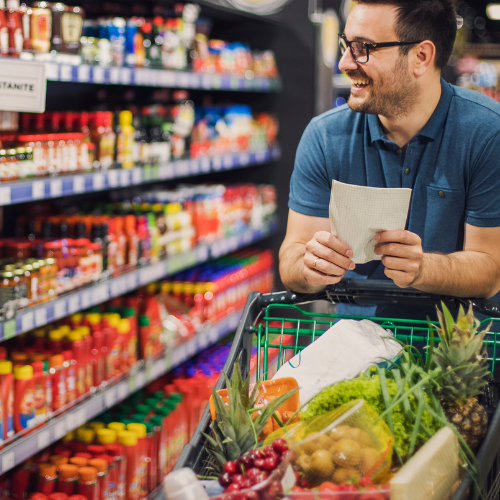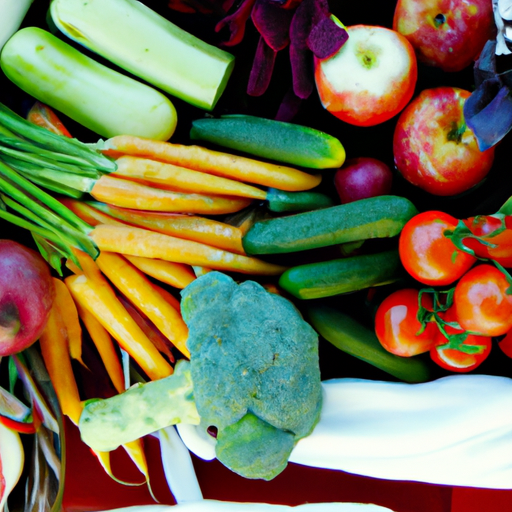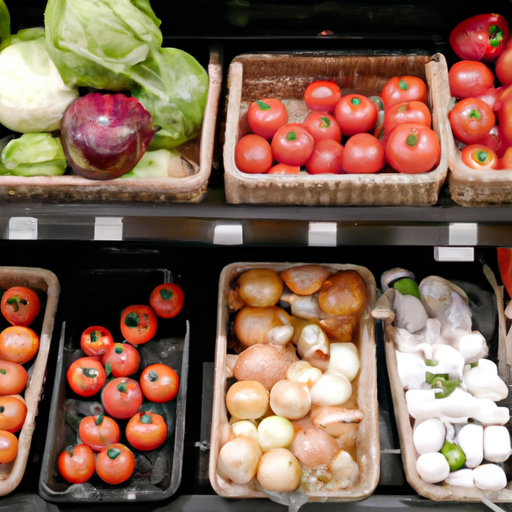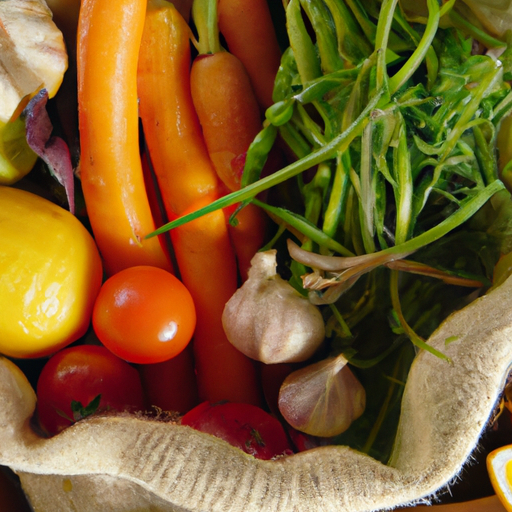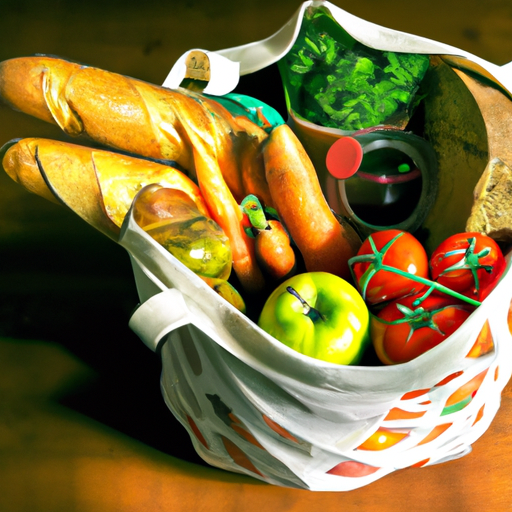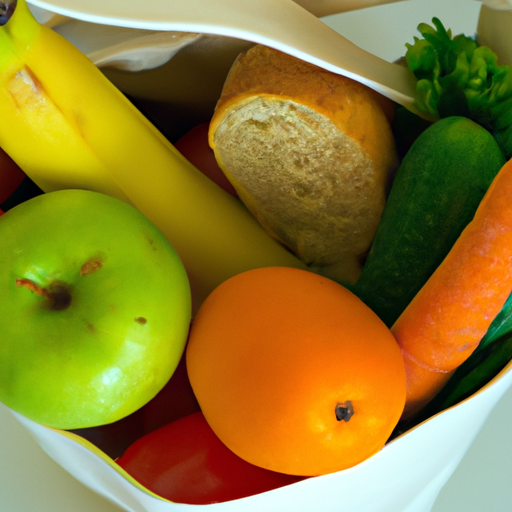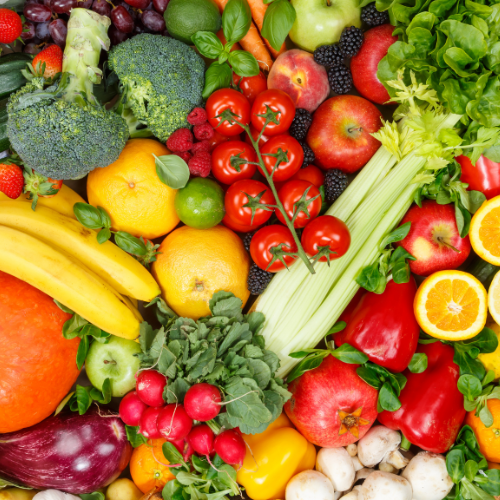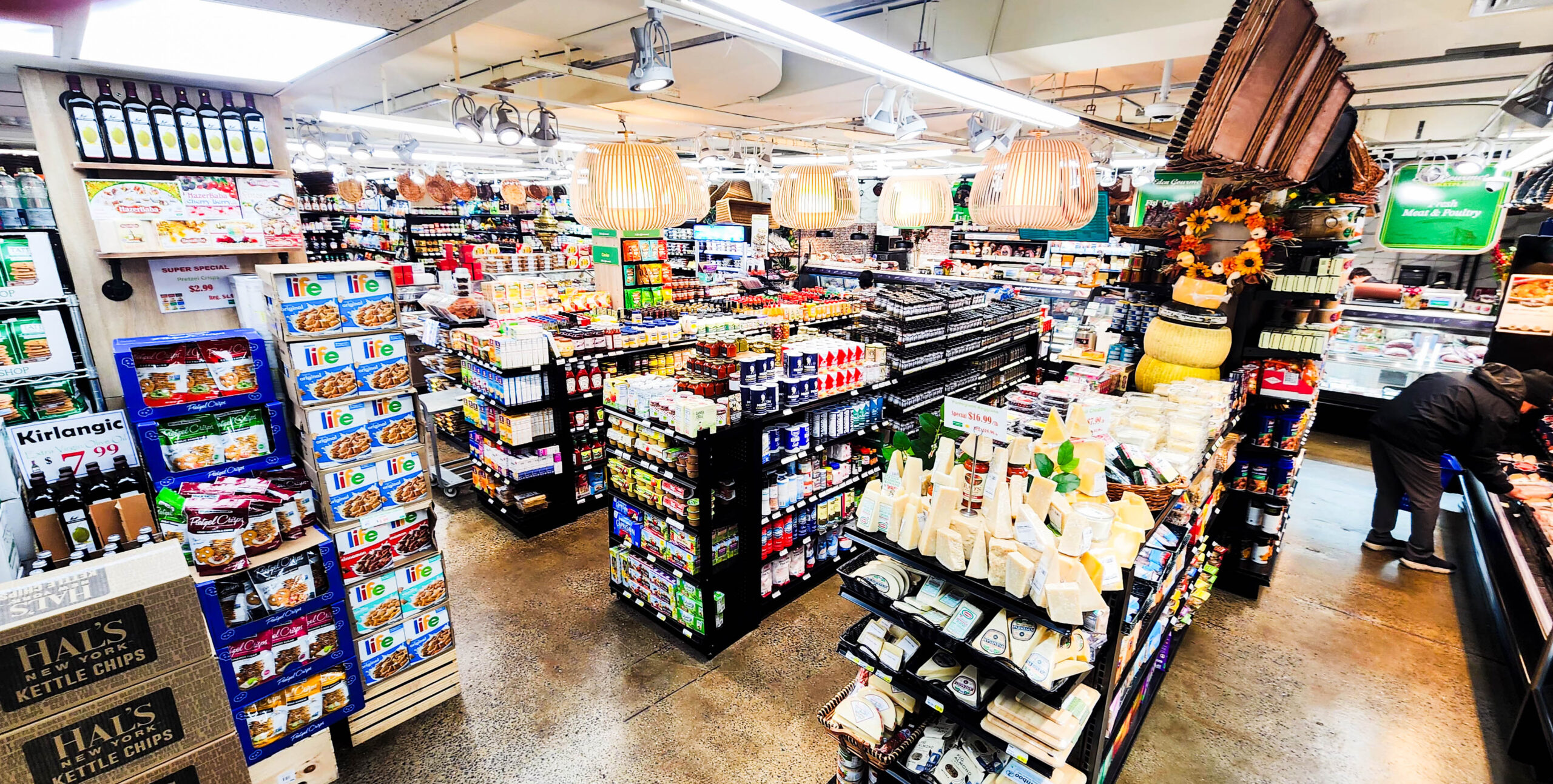Share This Story, Choose Your Platform!
In today’s world, where environmental concerns are at the forefront of global discussions, zero-waste grocery shopping has emerged as a sustainable solution for individuals looking to reduce their carbon footprint and live a greener lifestyle. By making conscious choices about the products we buy and the packaging they come in, we can significantly minimize the amount of waste we generate and contribute to a healthier planet for future generations.
Introduction to Zero-Waste Grocery Shopping: Why It’s Important for a Greener Lifestyle
Zero-waste grocery shopping is a practice that focuses on reducing the amount of waste produced during the shopping process, from the store to the home. This includes avoiding single-use plastics, choosing products with minimal packaging, and opting for reusable containers and bags. By adopting a zero-waste approach to grocery shopping, individuals can play a significant role in reducing the amount of plastic pollution that ends up in landfills and oceans.
According to the Environmental Protection Agency, the average American generates over 4 pounds of trash per day, much of which comes from packaging materials used in food and beverage products. By making simple changes to our shopping habits, such as buying in bulk, bringing our own containers, and choosing products with recyclable or compostable packaging, we can make a positive impact on the environment and help reduce our overall waste footprint.
How to Plan Your Zero-Waste Grocery Shopping Trip: Tips for Minimizing Packaging Waste
Planning a zero-waste grocery shopping trip involves careful consideration of the products you need, the packaging they come in, and how you can minimize waste throughout the process. Before heading to the store, take inventory of your pantry and make a list of items you need to purchase. This will help you avoid impulse buys and ensure you only buy what you need, reducing the likelihood of food waste.
When selecting products at the store, look for items that are sold in bulk or have minimal packaging. Bring your own reusable bags, containers, and produce bags to avoid using plastic bags provided by the store. Many grocery stores now offer bulk sections where you can fill your own containers with items like grains, nuts, and spices, reducing the need for single-use packaging.
Sustainable Shopping Habits: Choosing Eco-Friendly Products and Packaging
In addition to minimizing packaging waste, choosing eco-friendly products and packaging is essential for a zero-waste grocery shopping trip. Look for products that are made from sustainable materials, such as glass, metal, or paper, and avoid items that are heavily packaged in plastic or other non-recyclable materials. Many companies now offer eco-friendly alternatives, such as reusable food wraps, bamboo utensils, and compostable packaging, making it easier than ever to make environmentally conscious choices.
When selecting produce, opt for items that are locally grown and in season to reduce the carbon footprint associated with transportation. Buying from local farmers markets or joining a community-supported agriculture (CSA) program can also help support small-scale producers and reduce the environmental impact of your food purchases. By choosing products that are sustainably sourced and packaged, you can make a positive impact on the environment and support companies that are committed to reducing their environmental footprint.
The Benefits of Zero-Waste Grocery Shopping: Saving Money, Reducing Waste, and Supporting the Environment
There are numerous benefits to adopting a zero-waste approach to grocery shopping, including saving money, reducing waste, and supporting the environment. By buying in bulk and avoiding single-use packaging, individuals can save money on their grocery bills and reduce the amount of waste they generate. Additionally, by choosing products that are sustainably sourced and packaged, consumers can support companies that are committed to reducing their environmental impact and promoting a greener future.
According to a study by the World Economic Forum, if current trends continue, there could be more plastic than fish in the ocean by 2050. By making simple changes to our shopping habits, such as bringing our own bags and containers, we can help reduce the amount of plastic pollution that ends up in our oceans and landfills. Zero-waste grocery shopping is not only good for the environment, but it also allows individuals to take control of their consumption habits and make a positive impact on the world around them.
In conclusion, zero-waste grocery shopping is a sustainable solution for individuals looking to reduce their environmental impact and live a greener lifestyle. By planning your shopping trips carefully, choosing eco-friendly products and packaging, and supporting companies that are committed to sustainability, you can make a positive impact on the environment and help create a healthier planet for future generations. By making simple changes to our shopping habits, we can all play a role in reducing waste, saving money, and supporting the environment.







